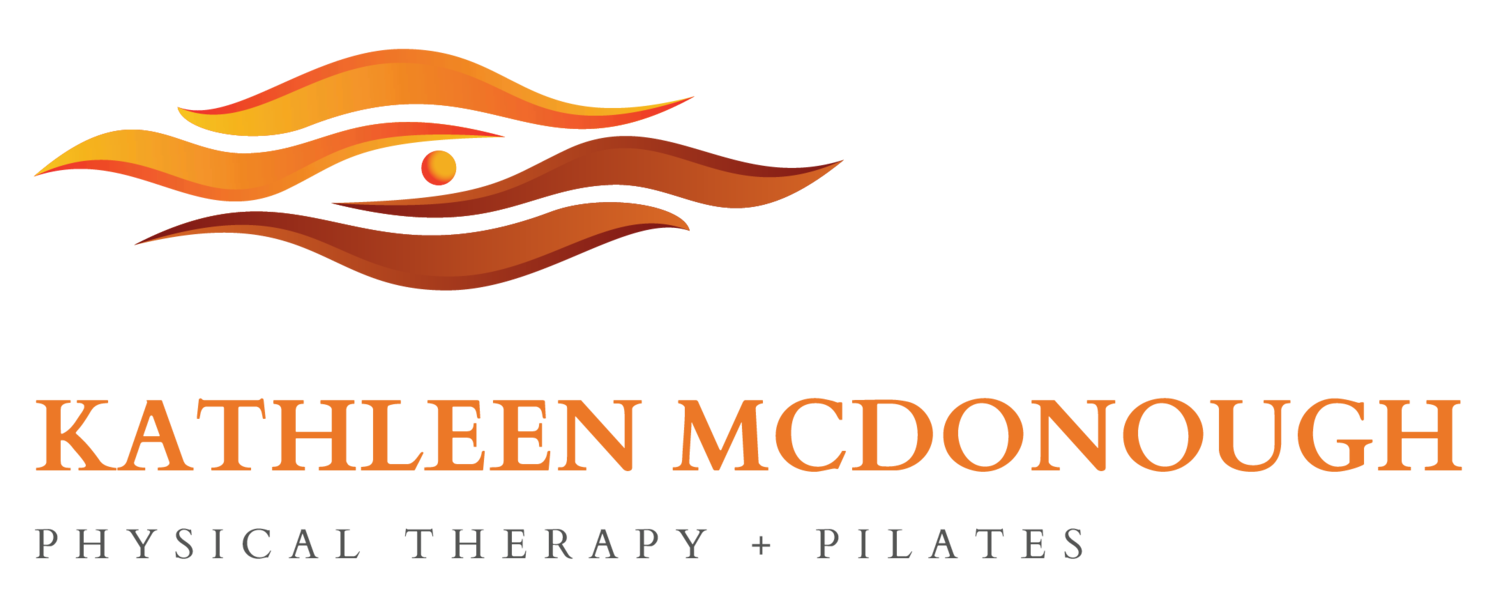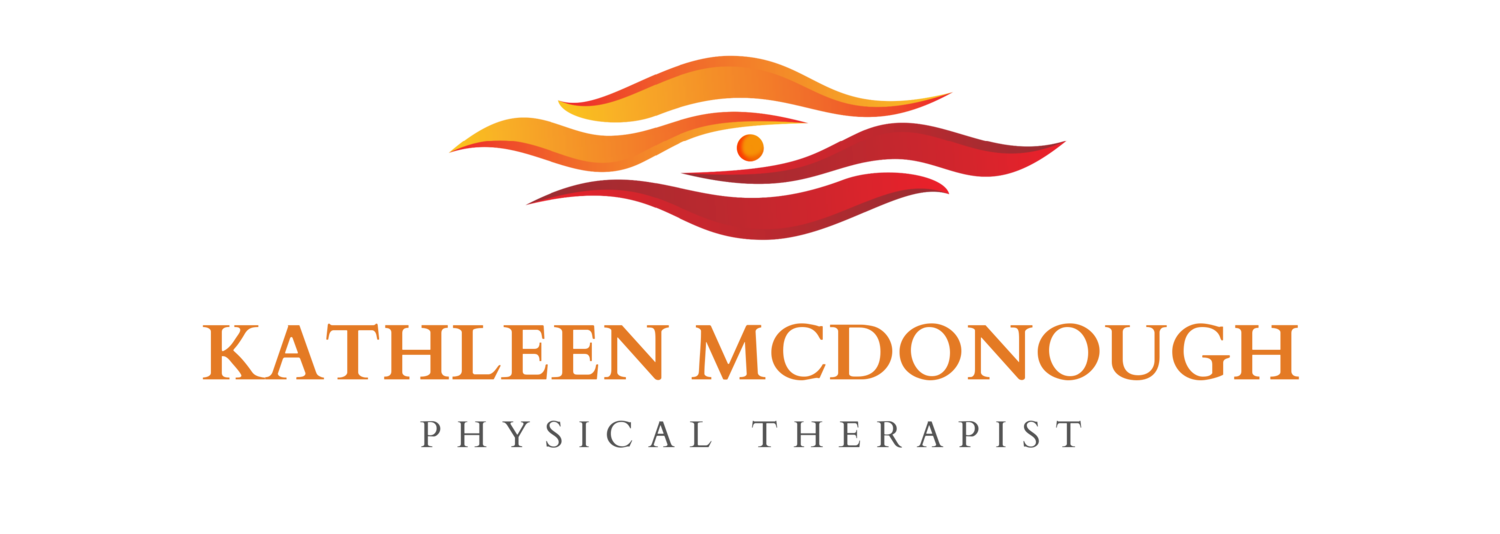TENNIS ELBOW: PART I
Once again, I had the pleasure of being a sponsor for our local racquet club’s annual Labor Day Tournament, the Hal Wagner Memorial Doubles Tournament. It is a wonderful event, and I love supporting it. This year, the weather was quite hot, but the players did their best to keep cool in body and attitude! I have been a sponsor for quite a few years, but this year was particularly enjoyable as my team wore my brand new fun corporate T-shirt (in my signature color: bright orange!). Oh, and they played great too! Attending this event brings to mind the problem many people suffer from: Tennis Elbow.
What is Tennis Elbow?
Tennis Elbow is a condition where there is pain and or swelling near the elbow that is caused by repeatedly twisting the hand and arm. Definition from Cambridge Dictionary.
Despite its name, athletes are not the only one’s that can suffer from tennis elbow. People with jobs that require similar, repetitive motion can also suffer from tennis elbow. Some examples of this would be plumbers, painters, carpenters, and butchers.
Physical Therapy for Tennis Elbow
I often get asked about physical therapy treatment for tennis elbow, and sometimes those folks are frustrated because they have been to a PT but did not get the results they sought. Traditional therapy typically includes hands-on treatment, ultrasound, stretching, and strengthening exercises for the forearm muscles. So why doesn’t that do the trick? I have even seen people who have had surgery to treat the problem, but no results. What is going on?
Sometimes the problem is NOT in just your elbow.
Think about your arm and elbow issue akin to having a problem with your car’s handling. You notice the car pulling to one side or driving funny, so you get new tires. But what about the alignment or even balancing of your tires? If those are not done (aligned and balanced), you will wear your new tires down irregularly and have the same problem.
Ditto with an arm issue. You can try fixing the problem at the elbow, but how is the arm itself attaching to the torso, and are you using your whole shoulder in a balanced and well-aligned way?
The Importance of Whole-Body Alignment to Address Tennis Elbow
My practice focuses on whole body alignment, and with tennis elbow, paying close attention to the balance of muscles around your shoulder blade – how your arm attaches to your torso, just like how your tires sit on your wheels and how the wheels are aligned into the axles and drive shaft – the power of the car. How do you drive your arms from your whole body? Let’s think about your whole body like a coat rack with a nice wooden coat hanger and heavy winter coat hanging on it. Is the coat rack straight / in line with gravity? Is the coat hanger a broad and strong wooden hanger that can handle the weight of the coat well or is it a flimsy wire hanger that will sag with the weight and pull of the coat? And is the coat hanging well and evenly on the hanger? All 3 of these parts have to in good shape independently and to function well together.
In this first installation about healing tennis elbow, let’s first consider and look at your coat rack. If it is bowed or excessively bent over, the coat hanger and the heavy coat will not be supported. Additionally, if How do you keep your coatrack tall and strong? If you have read my blogs on working from home, there is a lot of information about better sitting ergonomics to help keep your back and neck happy. I wrote a 3-part series of blogs covering ergonomics of sitting: Working from Home Part I, Working from Home Part II, and Working from Home Part III.
Even with decent ergonomics, we spend far too much time in one position – humans just are not meant to do that! We are just like any other living animal, and when was the last time you saw an animal sit down and not move for HOURS? In the wild, that animal would not survive for very long! We would take our pets to the vet if they sat in one place (awake!) for hours. It is just not customary or reasonable to expect that our bodies can sit (or stand!) for long periods.
A Great Exercise to Break Up Long Hours of Sitting
You can help offset these prolonged abnormal postures by simply getting onto your 6” X 36” foam roller. Just lay on it lengthwise, entirely supported from head to tailbone, feet on the floor, about 6” apart, hands laced on your belly, and BREATHE!!! Beautiful deep breaths into your chest and ribs, filling your lungs to stretch your torso from the inside out. Exhale fully, letting the air escape and then exhaling more by squeezing your internal corset (deep abdominals: transverse abdominus, + the little muscles that lace your low back into your sacrum – deep multifidus, and a gentle lift of your pelvic floor)
Don’t worry; if you fully exhale as much as possible, squeezing the air out, you naturally use these internal corset muscles. You will feel calmer, taller, and more comfortable if you do this for a few minutes. It interrupts the constant postural stresses of sitting or standing and helps relieve stress and helps your brain “reset” its opinion of what normal posture is.
I often have clients assess their posture before and after getting on the roller. You can do this just by lying down on the floor, legs and arms down, and noticing how your whole body feels: anything short? Tight? Lopsided? How much contact does your whole spine have on the floor? Where is your head contact? Are you in pain, and where / how severe is it?
Even after being on the roller for a few minutes, I would bet good money that you feel longer, taller, less lopsided / constricted, and that your neck is longer (less chin jutting toward the ceiling) – generally better! Your coatrack will feel more vertical and stronger when you get up.
Stay tuned for part 2, where we will talk about your coat hanger the shoulder blades and collarbones.




